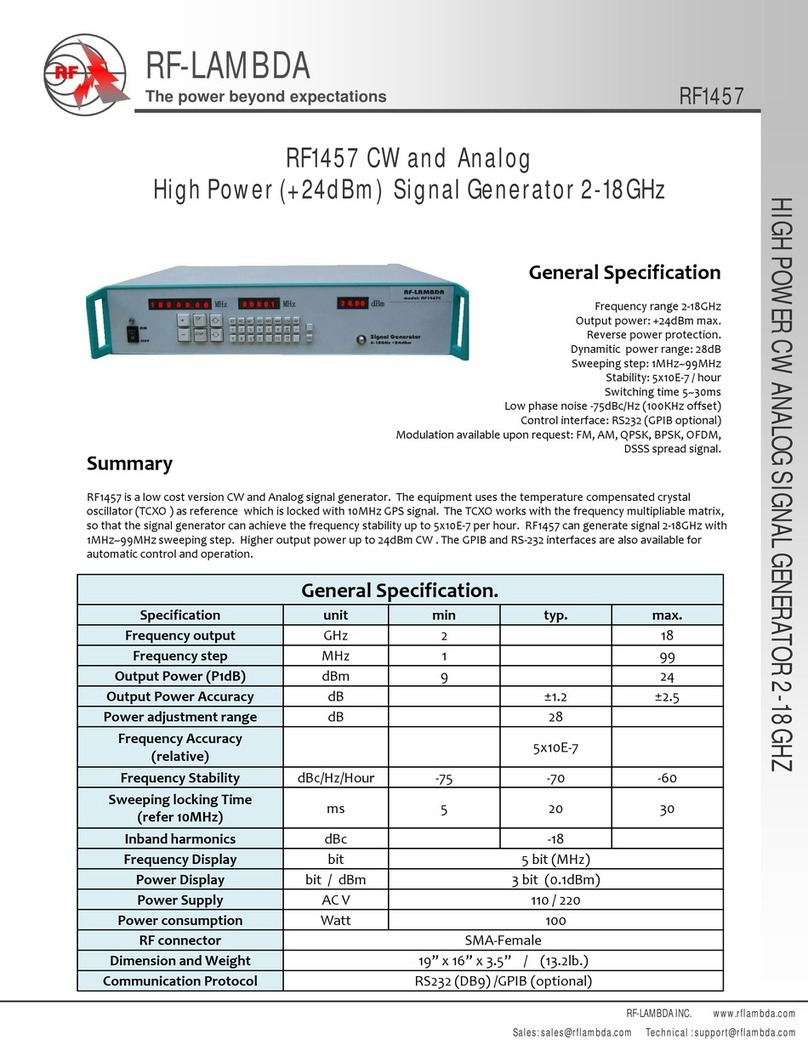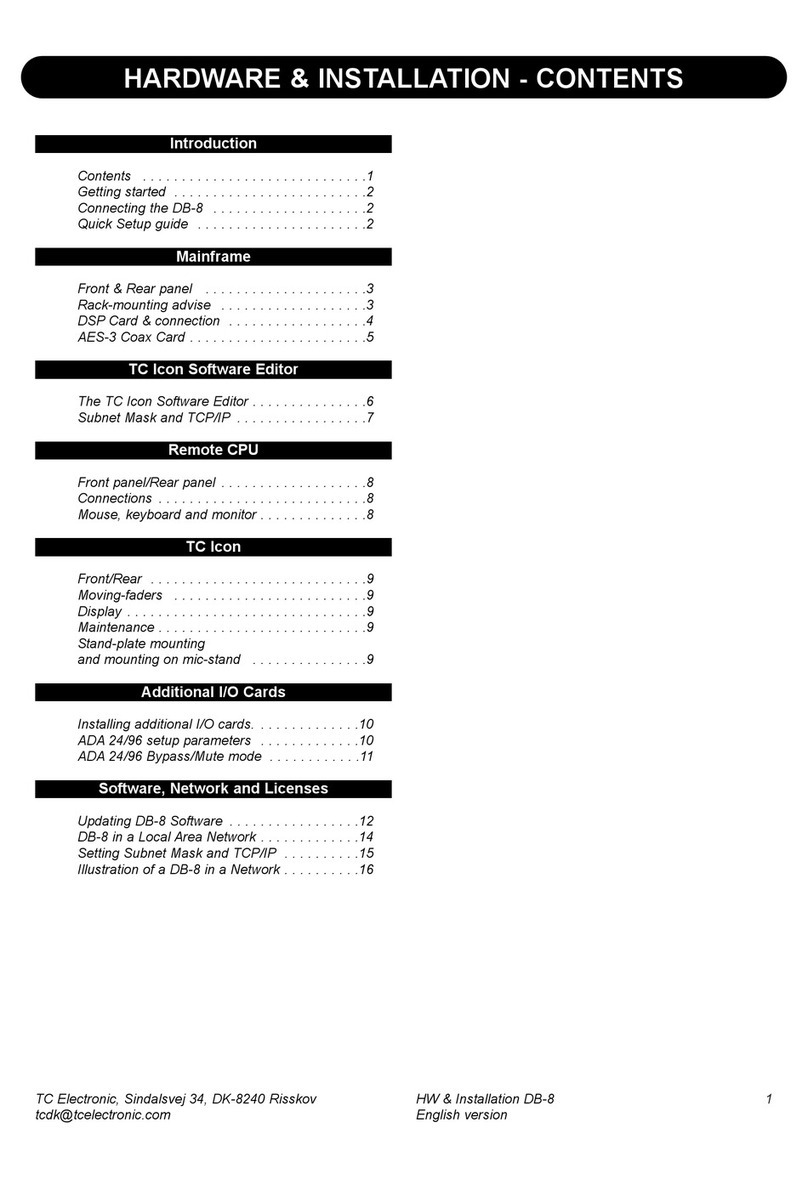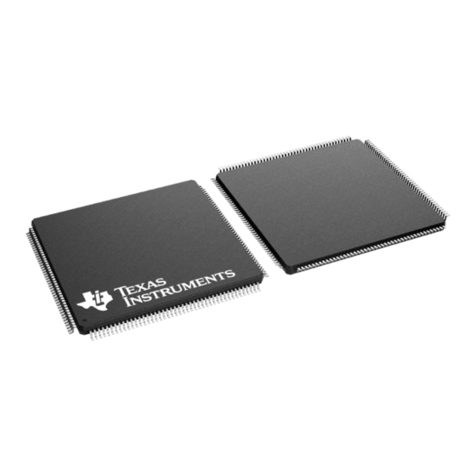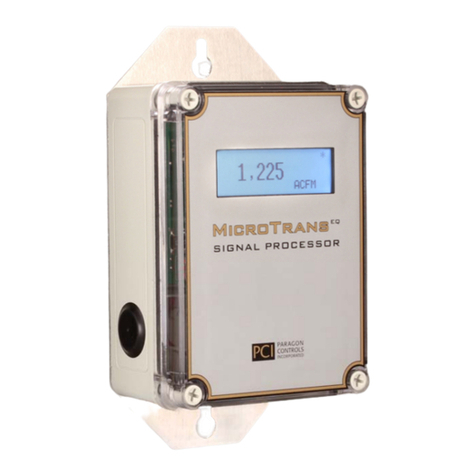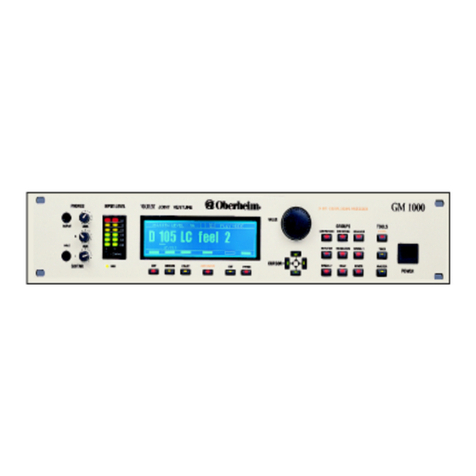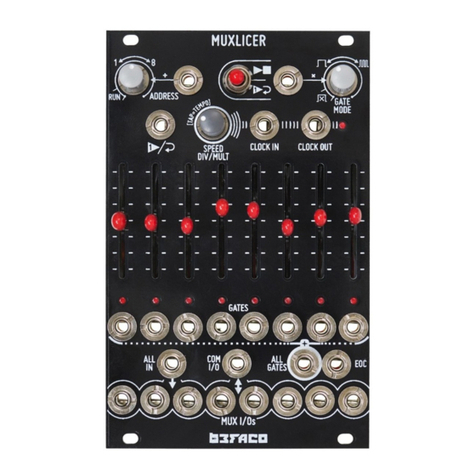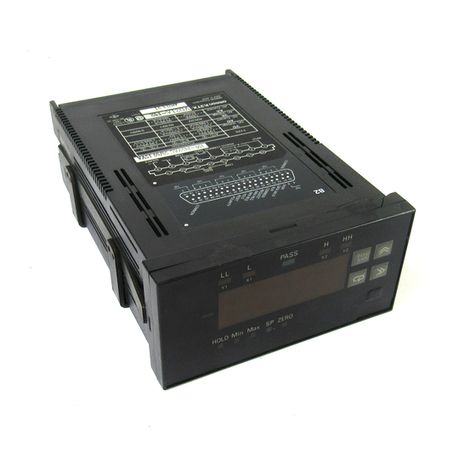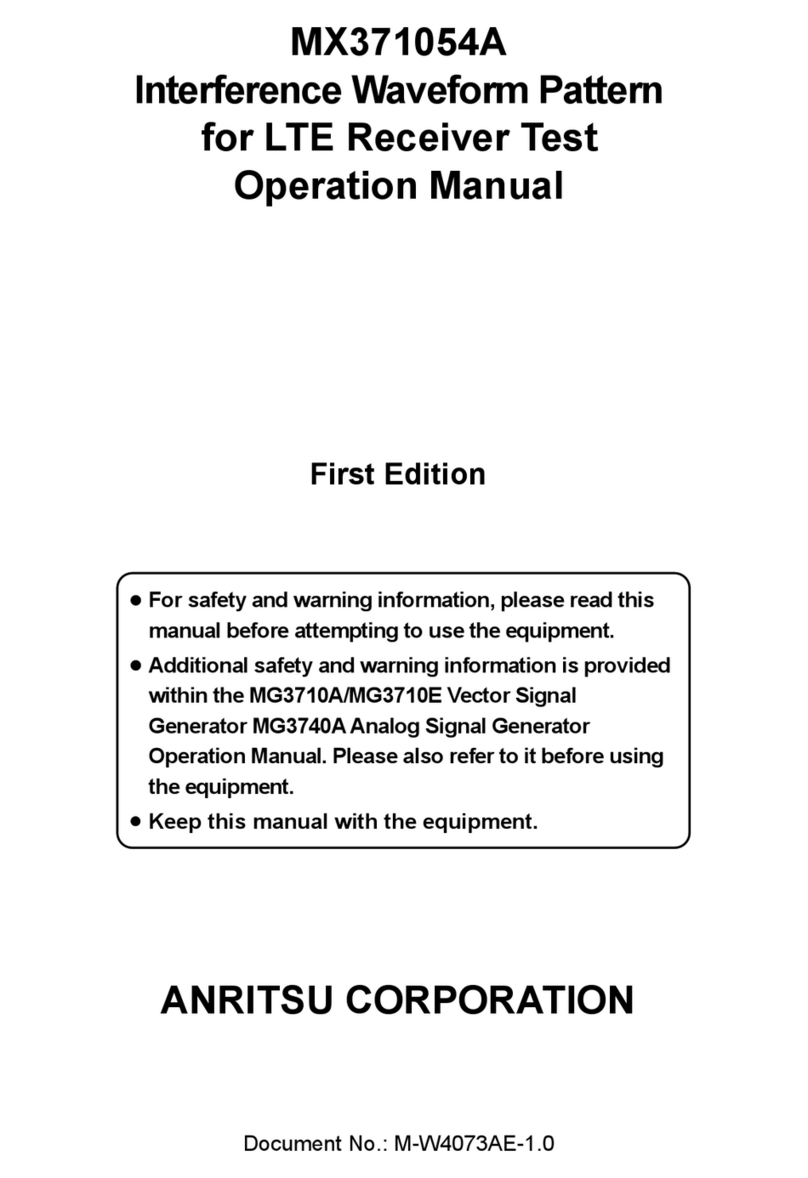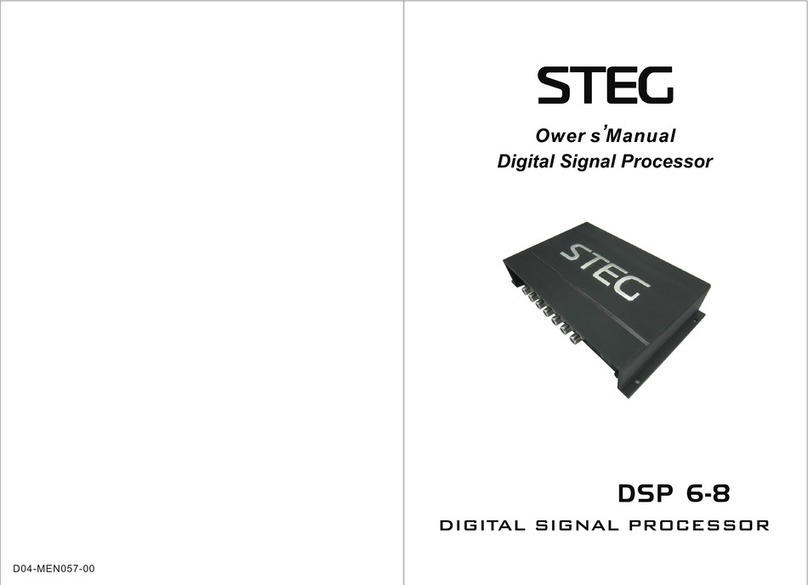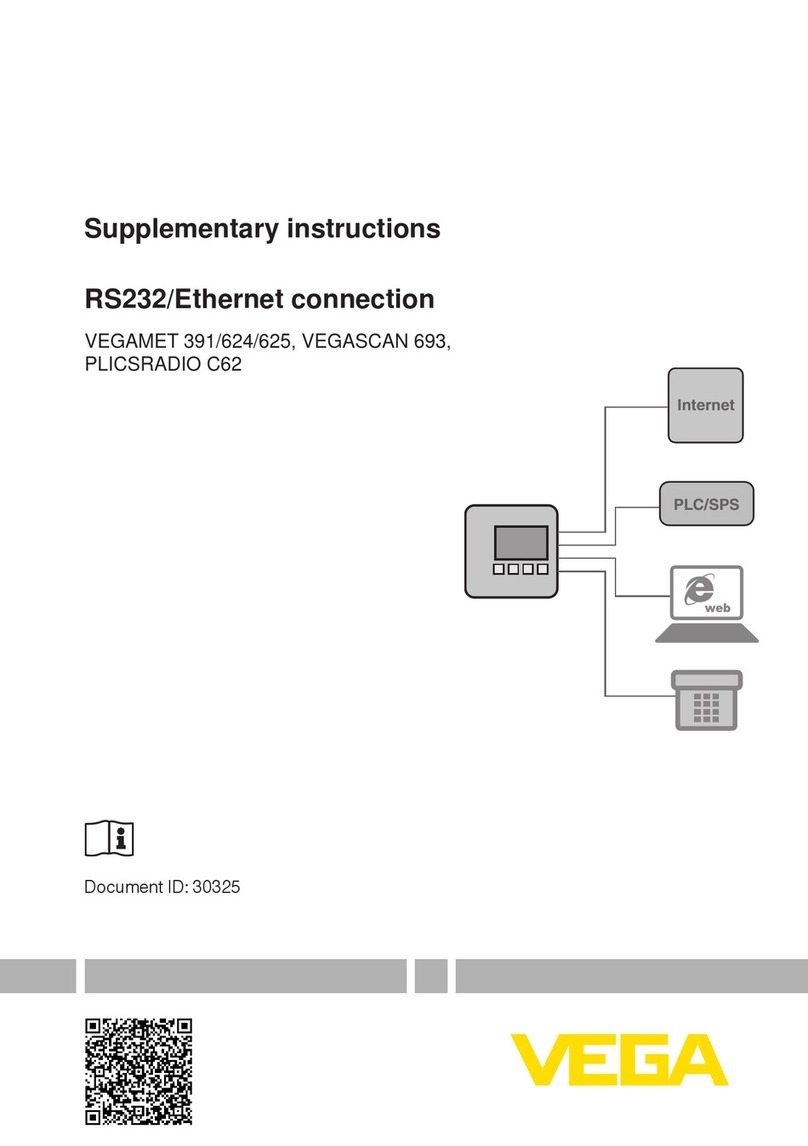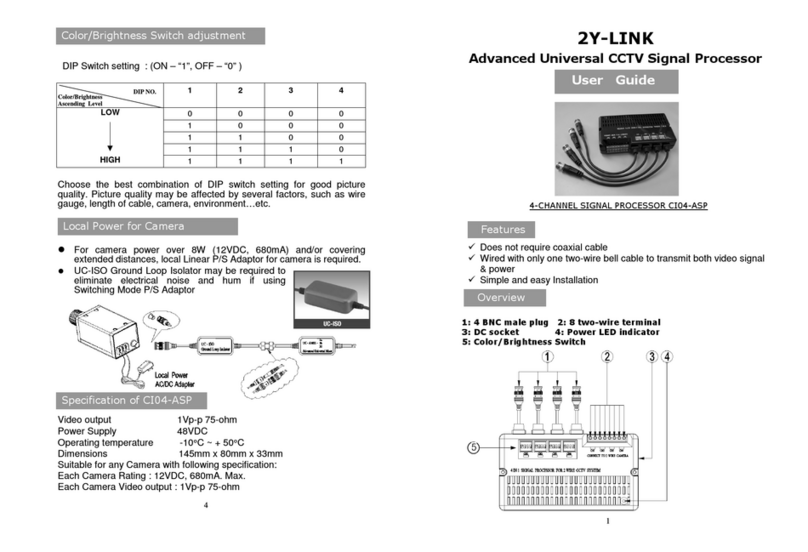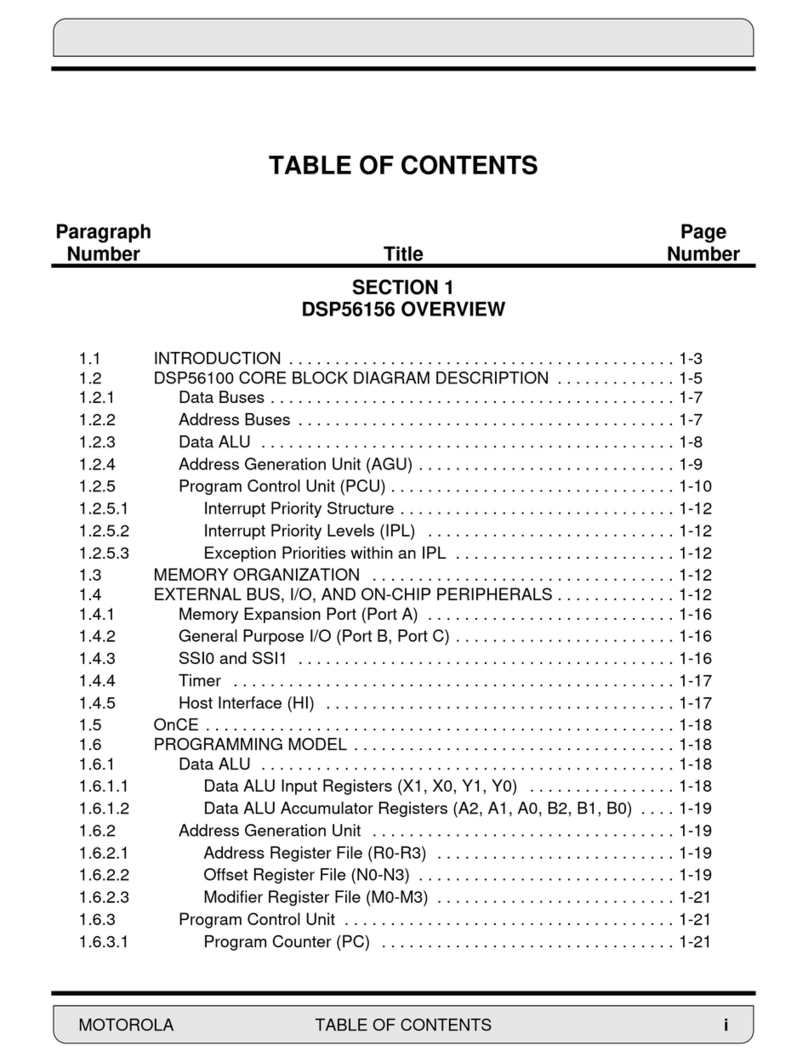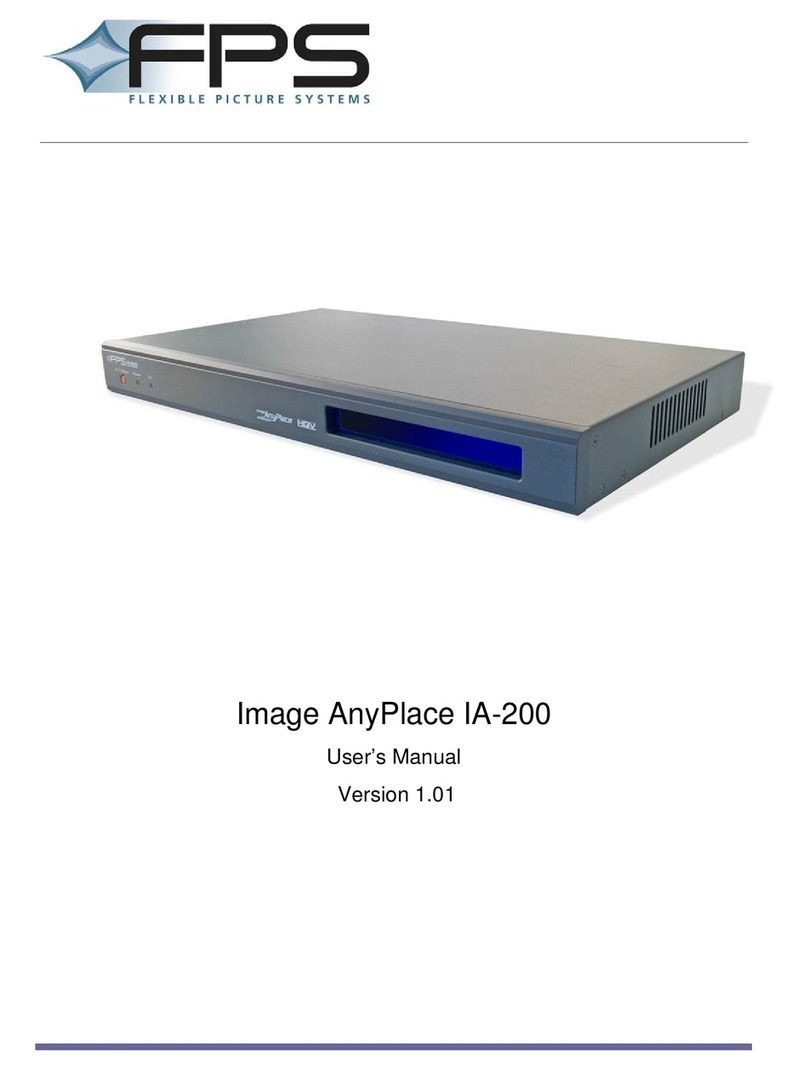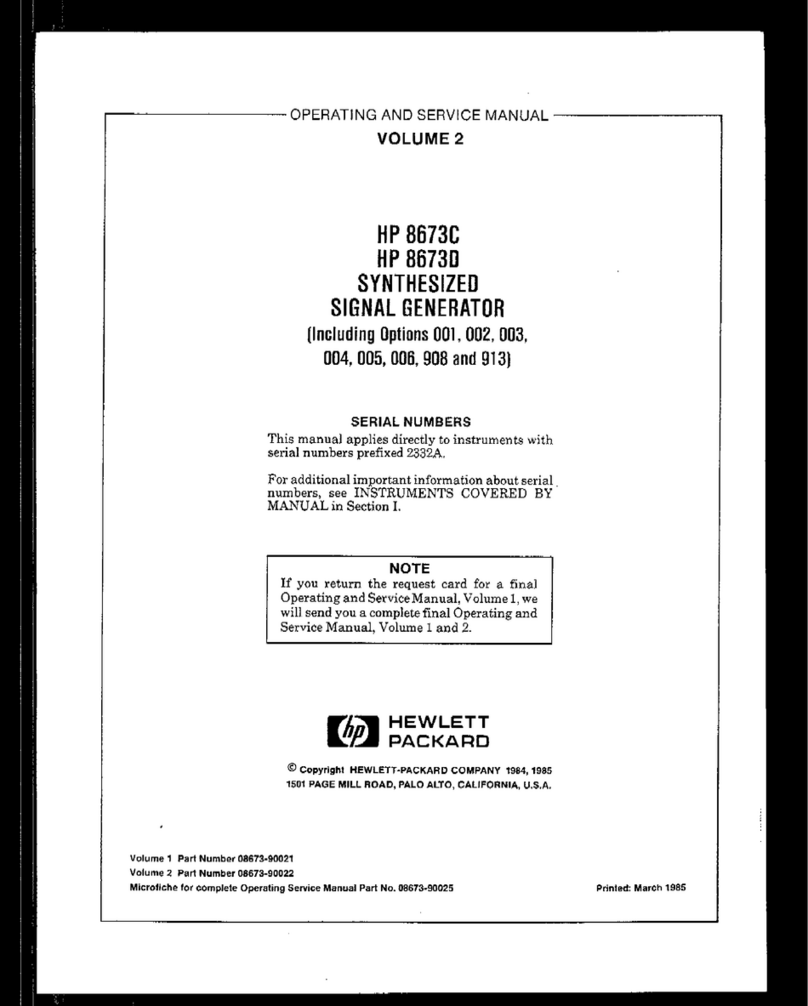M U X L C E R R E F E R E N C E
F U N C T O N A L
B L O C K S
U S E R M A N U A L
A N A L O G S W T C H
.5
CO M M ON /O
t is the main common nput/Output.
Through this j ck you c n either send sign l to
the Mux I/Os or receive sign l from them (Depending on how the module it is
connected).
t is also used as CV Out when nothing is connected to “All N” or “Mux /Os”.
Use this output as CV out when using Muxlicer as step sequencer (see later).
ALL N
Any signal plugged to ALL N will
go to all the “Mux /Os” that don't
have any other signal plugged on
them.
All in, is there to send the s me
sign l to ny number of Mux
I/Os.
magine you want to send a signal
to the Steps 1 ,2,4,5,6 & 8. and a
two more signals to 3 and 7
respectively. You just need 3 wires
for this: plug the first one to All n
and the other two to 3 and 7 Mux
/Os and you are done!
All n is normalled to a Voltage
(selectable by the user), so
if
nothing is plug to this IN,
Muxlicer cts s norm l step
sequencer.
(Explained in Speed
Div/Mult encoder / CV Range
Section)
M U X /O s
Mux /Os are (together with Common /O) the
main connections of Muxlicer. Like common /O,
they are reversible. That means, depending on
how the module is connected,
you c n either
send eight different sign ls to the “common
I/O” or receive sign l from it t e ch of the
8 Mux I/Os
.
The eight Mux /Os are normalled to “All n” jack,
so any signal present at this input will go to all
of them. (see ALL N Section)
LEVEL FADER S
This faders attenuate the signals that goes from the “Mux /Os” to the “common /O” (or
vice versa). When no signal is plugged to either “Mux /Os” or “All N” they act as CV
Levels. This is because they Attenuate the default All N voltage.
WH AT S AN AN ALO G SW TCH ?
An analog switch is a switching
device capable of switching or
routing analog signals. n the case of
Muxlicer the switch is reversible, this
means that you can send 8 different
signals to 1 destination or in the
opposite way, send 1 signal to 8
different destinations.

